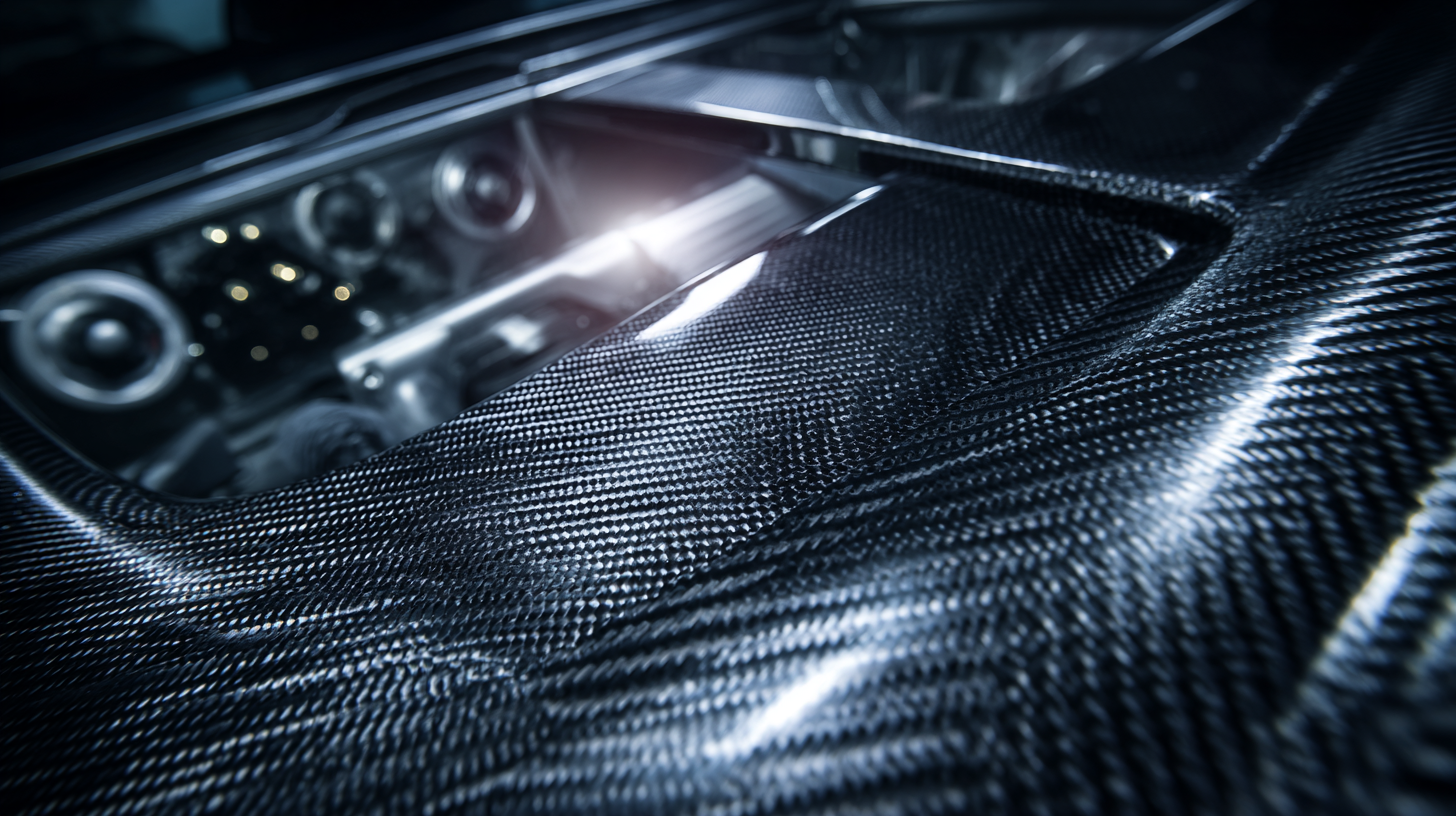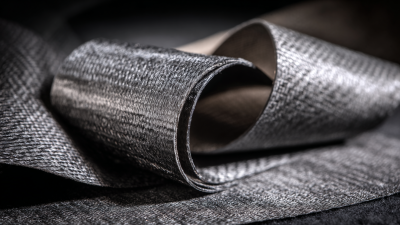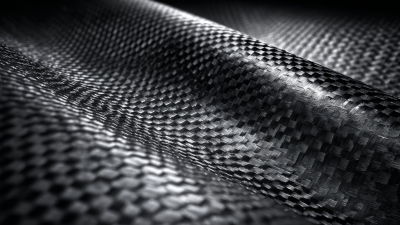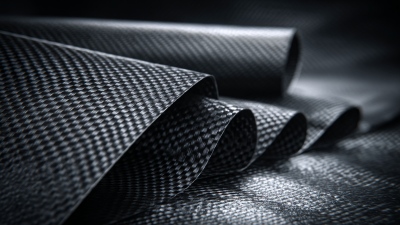
-
Home
-
Products
-
About Us
-
News
-
Blog
-
Video
-
Contact
Leave Your Message

In recent years, the demand for Large Carbon Fiber Sheets has surged due to their exceptional strength-to-weight ratio and versatility across various industries, including aerospace, automotive, and sports equipment. According to a report by MarketsandMarkets, the global carbon fiber market is projected to reach approximately $7.69 billion by 2025, growing at a CAGR of 10.4% from 2020. This growth underscores the increasing reliance on high-performance materials in the manufacturing sector. When selecting the best Large Carbon Fiber Sheets, it's crucial to consider factors such as thickness, weave pattern, and resin type to ensure optimal performance for specific applications. With the right choices, these sheets can significantly enhance the structural integrity and durability of products, making understanding the selection process more important than ever.
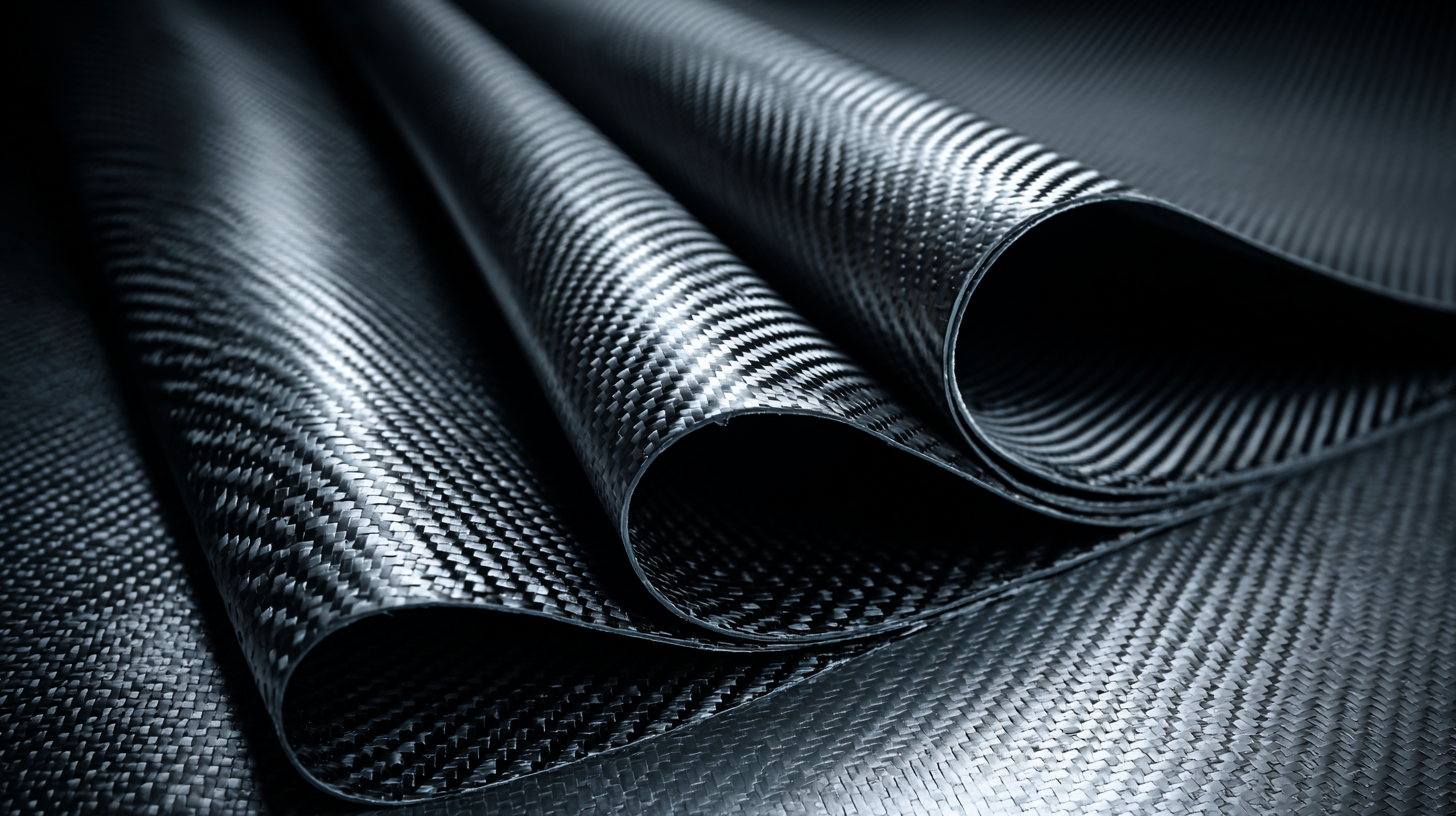
When selecting large carbon fiber sheets, understanding their specifications and grades is paramount. Carbon fiber sheets come in various thicknesses, weaves, and grades, each tailored for specific applications. The most common specification to consider is the fiber weight per square meter, which affects the sheet's strength, stiffness, and flexibility. High-quality sheets typically feature more layers of carbon fiber, resulting in increased durability and resistance to deformation under stress.
Additionally, compare the resin systems used in the sheets, as they significantly influence the material's performance. Epoxy resins are generally preferred for their superior adhesion and thermal resistance, while polyester resins may be more cost-effective but could compromise on strength in critical applications. It's also essential to consider the type of weave—unidirectional sheets provide excellent tensile strength along one direction, whereas woven fabrics offer multidirectional strength. By comprehensively understanding these specifications and grades, you can make an informed decision that aligns with your project requirements.
When selecting large carbon fiber sheets for your project, assessing thickness and weight requirements is crucial. Carbon fiber is known for its remarkable strength-to-weight ratio, which makes it an ideal choice for various applications, from automotive parts to aerospace components. However, not all projects demand the same thickness or weight specifications. Considering the specific needs of your application will help you choose the right material that offers the necessary durability without adding unnecessary weight.
Thickness is a critical factor that can significantly influence the performance of your final product. Thicker sheets provide increased strength and rigidity, making them suitable for heavy-duty applications. Conversely, thinner sheets can be advantageous for projects where flexibility and weight savings are priorities. It's essential to evaluate how the thickness of the carbon fiber sheet will affect factors such as the load it will bear and the overall design of your project. Additionally, pay attention to the weight requirements; an overly heavy sheet can increase the overall weight of the final product, potentially affecting its efficiency and functionality. Balancing these factors will ensure you select the most suitable carbon fiber sheet for your specific needs.
| Tip | Description | Thickness Range (mm) | Weight (g/m²) | Application |
|---|---|---|---|---|
| 1 | Determine the required stiffness for your project. | 1.0 - 2.0 | 200 - 300 | Automotive parts |
| 2 | Evaluate environmental resistance needs. | 1.5 - 3.0 | 250 - 350 | Aerospace components |
| 3 | Consider thermal expansion characteristics. | 1.0 - 4.5 | 220 - 400 | Sporting equipment |
| 4 | Adjust according to weight constraints. | 1.5 - 5.0 | 150 - 300 | Robotics |
| 5 | Check for surface finish requirements. | 1.2 - 3.5 | 180 - 280 | Consumer electronics |
| 6 | Analyze processing and handling methods. | 1.0 - 2.2 | 240 - 320 | Construction |
| 7 | Evaluate cost vs performance for budgetary alignment. | 1.0 - 3.0 | 200 - 400 | Marine applications |
When selecting large carbon fiber sheets, one of the most critical factors to consider is the strength-to-weight ratio. This metric plays a crucial role in determining the material's overall performance, especially in applications where weight saving is paramount. High-quality carbon fiber sheets typically offer an impressive strength-to-weight ratio, making them ideal for industries ranging from aerospace to automotive. Look for specifications that detail the tensile strength and density of the sheets, as these will directly influence their effectiveness in your project.

To optimize your choice, consider the specific demands of your application. For instance, if you are constructing components that will endure high stress but need to remain lightweight, prioritize sheets with a higher ratio. Additionally, pay attention to the manufacturing process of the sheets; techniques like woven fabrics or layered structures can enhance strength without adding weight. Evaluating these aspects will ensure that you select the right carbon fiber sheets to meet your requirements while maintaining performance and efficiency.
When selecting large carbon fiber sheets, balancing quality with budget is paramount. According to a recent industry report by Markets and Markets, the global carbon fiber market is expected to reach $5.7 billion by 2025, driven largely by increased demand in aerospace and automotive applications. This highlights the importance of choosing materials that not only meet performance requirements but also fit within fiscal constraints.
Tip 1: Always compare multiple suppliers. Prices for large carbon fiber sheets can vary significantly between manufacturers, sometimes by as much as 30%. While it may be tempting to go for the lowest price, ensure you're not sacrificing quality, as inferior sheets can lead to increased costs down the line due to replacements or failures.
Tip 2: Consider the type of carbon fiber needed for your application. High-modulus and high-strength variants may come at a premium, but their performance can justify the initial investment. A study from Grand View Research indicates that high-strength carbon fibers can improve mechanistic properties by up to 40%, making them a sound choice for demanding environments.
Being informed about both costs and the inherent value of quality materials will help in making the best decision for your project needs.
This chart illustrates the price range of different grades of large carbon fiber sheets available on the market, comparing their costs per square meter. The data suggests the balance between quality and budget when selecting carbon fiber sheets for various applications.
When it comes to selecting large carbon fiber sheets, recognizing reputable manufacturers and suppliers in the carbon fiber industry is paramount. According to a report from Markets and Markets, the global carbon fiber market is projected to reach approximately $5.7 billion by 2025, growing at a CAGR of 10.1% from 2020. This growth emphasizes the increasing importance of sourcing materials from companies that prioritize quality and innovation.
To identify trusted manufacturers, look for certifications such as ISO 9001, which ensures consistent quality management systems. Additionally, consider suppliers who provide transparency regarding their production processes and material specifications. A study published by Acumen Research and Consulting indicated that carbon fiber composites with higher tensile strength and modulus can significantly enhance performance in industries such as aerospace and automotive. Therefore, partnering with suppliers who demonstrate expertise in these areas can lead to better results in your projects. Always seek out suppliers who provide detailed data sheets and technical support to ensure that you are making informed decisions about the materials you are purchasing.
